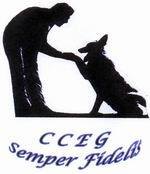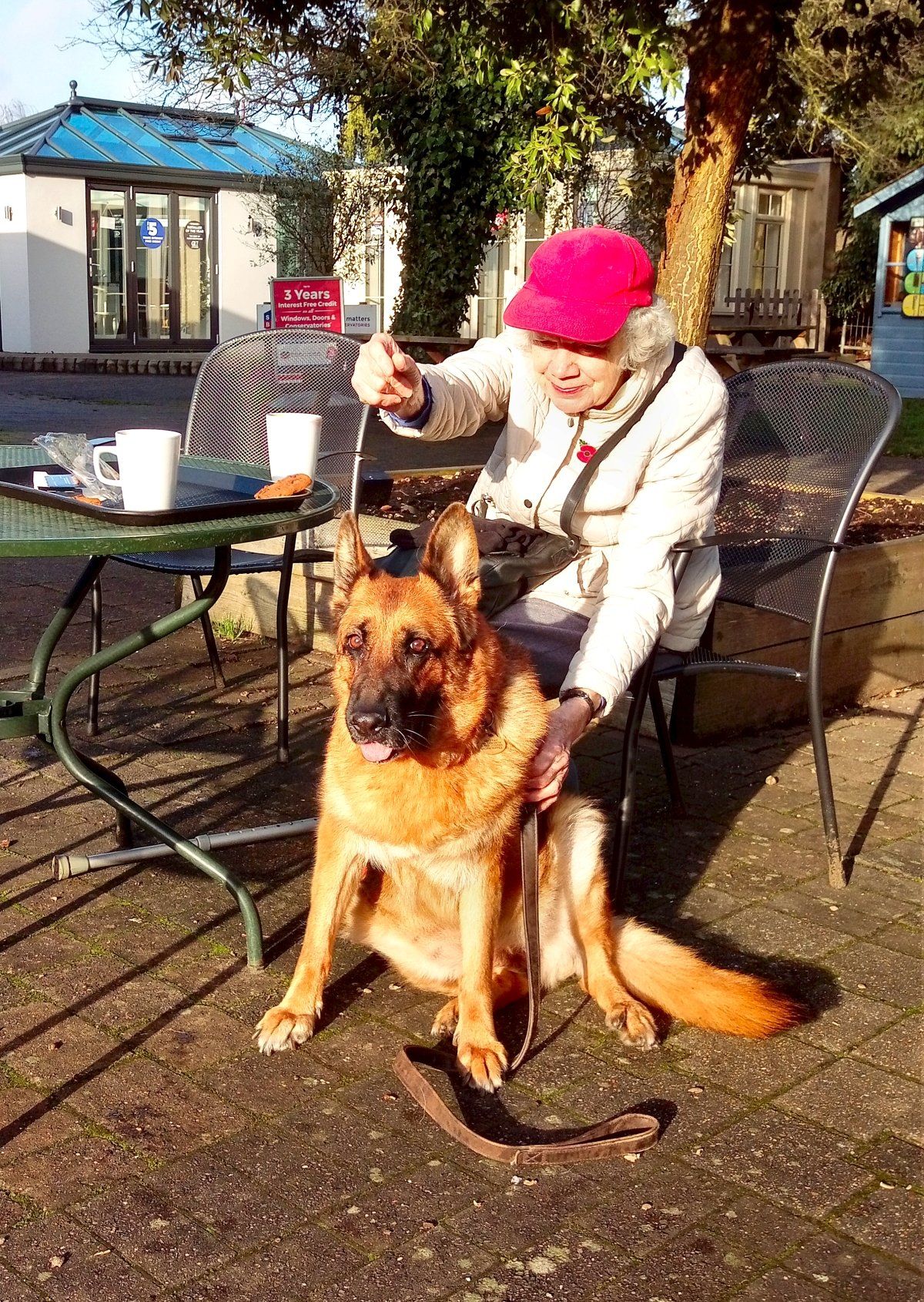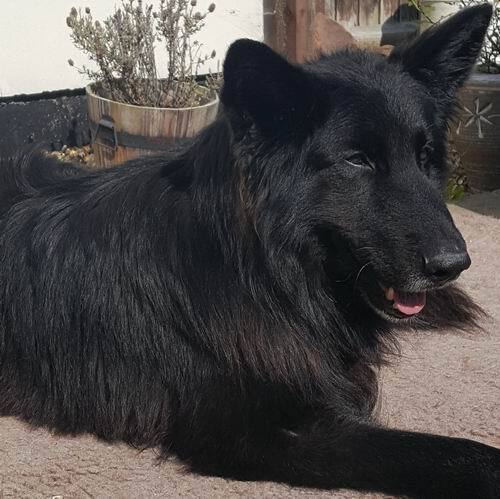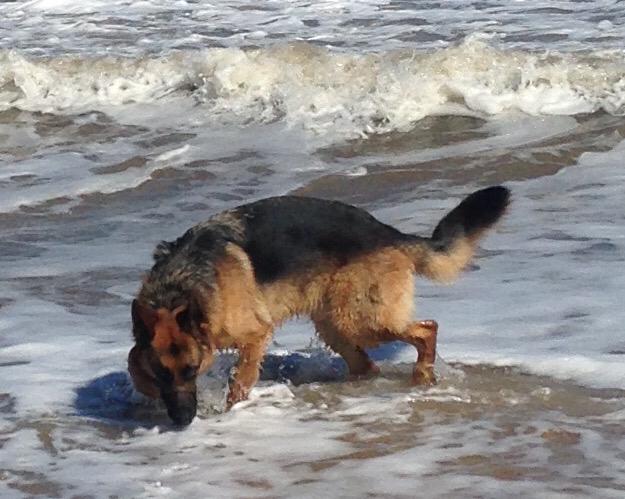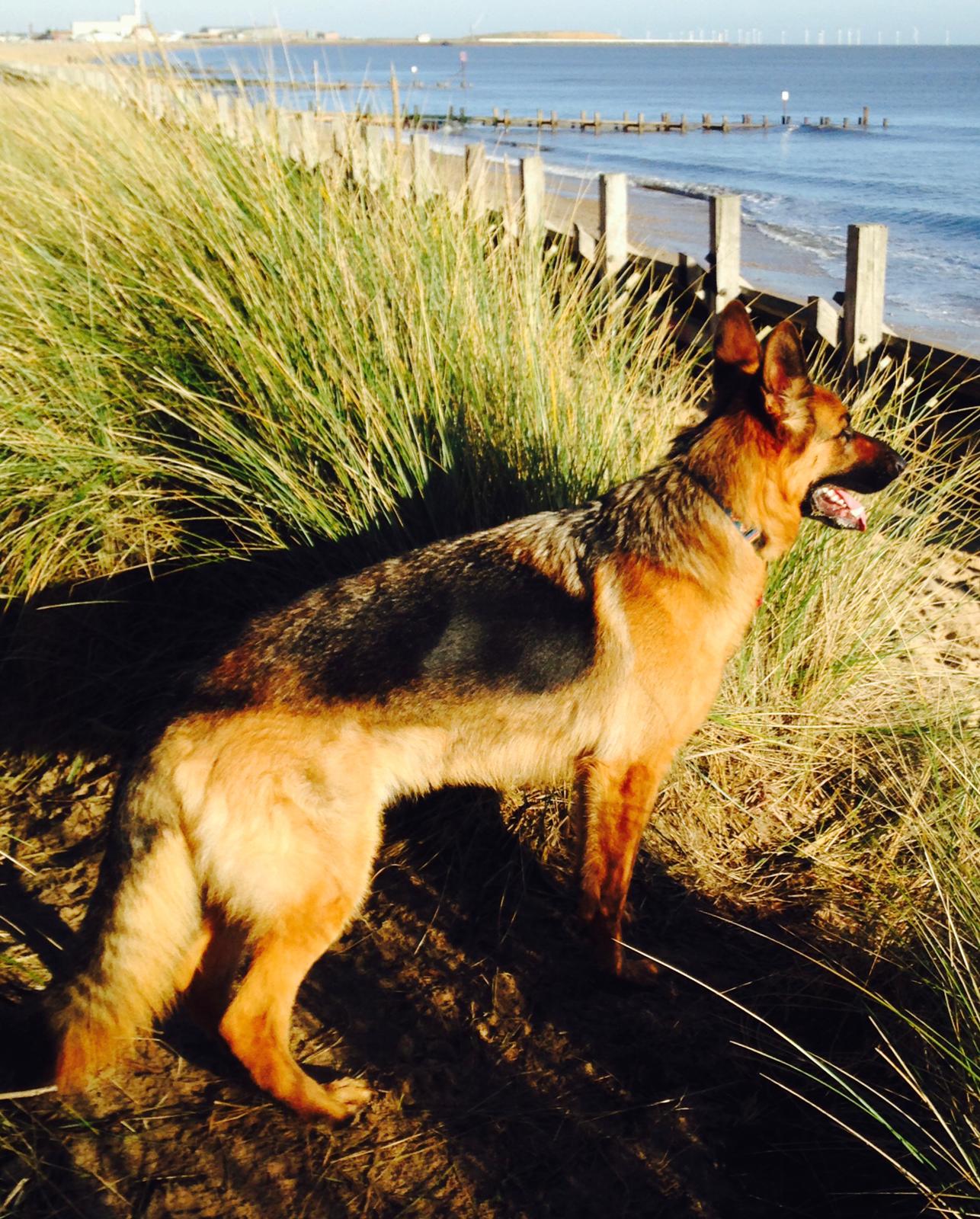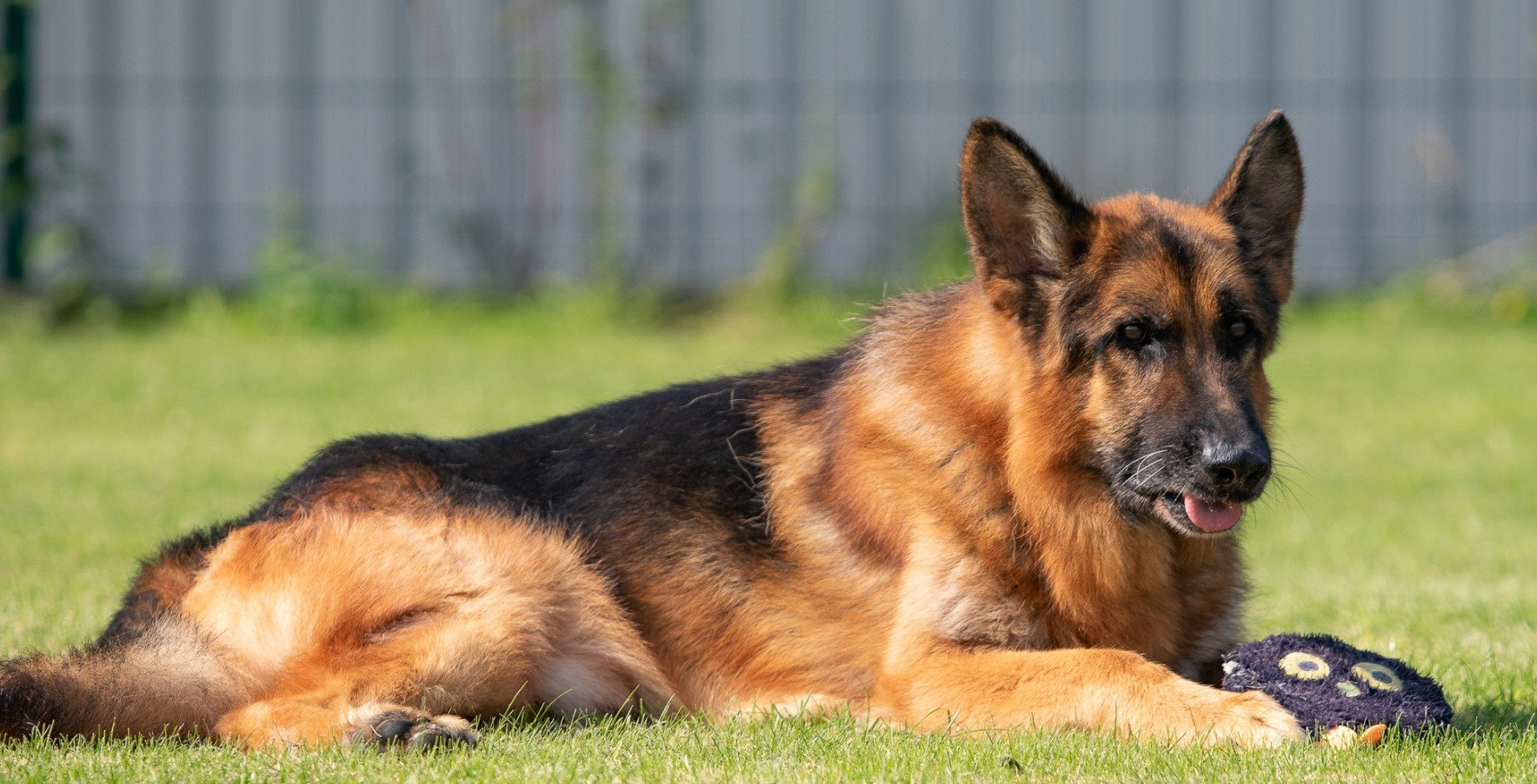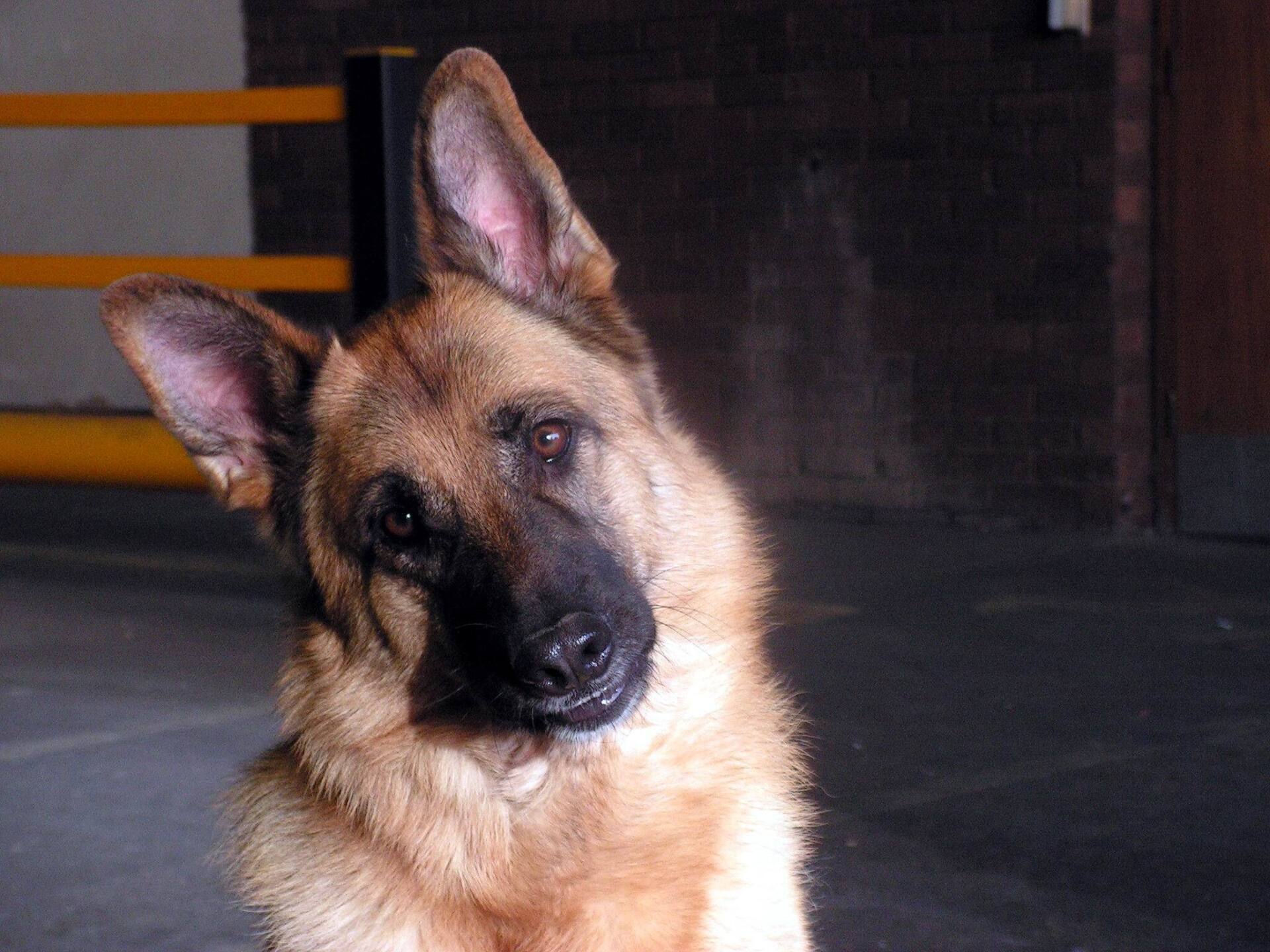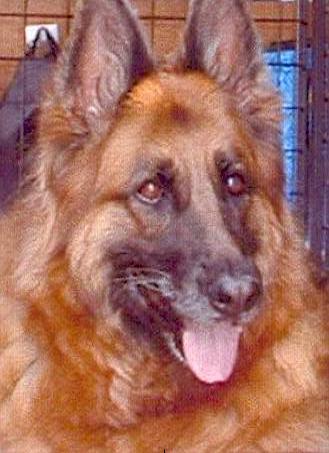Dog Trainers/Instructors – Offer, often in group/class sessions, methods and advice on how to train towards teaching the dog certain actions/behaviours like Sit – Walking to Heel – and Coming Back when Called etc.
Trainers/Instructors often have many years of ‘hands on’ experience and will therefore often be able to help and advise on Behaviour problems and recognise when 1 to 1 help is needed
Dog Behaviourists Offer, normally 1 to 1 – methods of modification to change or stop behaviour that is already occurring by looking back at what has or may have caused it.
Many (but not all) Behaviourists have studied ethology and/or cynology at University/Collage level to gain the knowledge and experience to offer modification programs.
So, although there are differences between the role of the Trainer/Instructor and the Behaviourists the work they do will and often does overlap, so both normally will have an understanding of each others expertise.
A problem may only be so called because of the way you expect your dog should behave or it maybe a normal trait of the breed you have chosen.
A dog that has adequate mental and physical exercise is normally happy and contented and will likely spend most of the day resting - not chewing, barking, digging, escaping or destroying things and therefore far less likely to have 'behaviour problems'
For certain and/or sudden changes in behaviour a health check by your vet is advisable before seeking help from a behaviourist
As stated above a dog behaviourist is a person who works in modifying or changing behaviour in dogs. They can be experienced dog handlers, who have developed their experience over many years of hands-on experience, or have formal training up to degree level. Professional certification may be offered through either industry associations or local educational institutions. There is however no compulsion for trainers or behaviourists to be a member of a professional body nor to take formal training.
While any person who works to modify a dog's behaviour might be considered a dog behaviourist in the broadest sense of the term, an animal behaviourist is a title given only to individuals who have obtained relevant professional qualifications. The professional fields and courses of study for dog behaviourists include, but are not limited to animal science, zoology, sociology, biology, psychology, ethology, and veterinary science. People with these credentials usually refer to themselves as Applied Animal Behaviourists (PhD) or Veterinary behaviourists (veterinary degree). If they limit their practice to a particular species, they might refer to themselves as a dog/cat/bird behaviourist.

Temperaments in Dogs
Characteristics of Temperaments
Temperament is primarily a function of the dog’s neurological makeup
Temperament is 100% genetic; it is inherited, and fixed at the moment
of the dog’s fertilization/conception/birth.
Temperament in the dog cannot be eliminated nor transformed from
one type to another. It cannot change during the dog’s lifetime. It is
the permanent mental/neurological characteristic of the individual dog.
But there may be an overlap of different temperaments in the same
dog. For example sharpness may be seen with over aggression or
submissiveness with being temperamental.
Environment, Socialisation or Training can modify and/or manage
an individual dog’s temperament, but it cannot transform it nor eliminate it.
The dog will die with the temperament with which it was born.
In other words, the sum total of the dog’s neurological and physical matrix that finds
expression as a result of environmental change (people, animal, physical context or
situations), is its temperament.
Temperament is divided into two broad categories: Sound Temperament and Unsound
Temperament.
Sound Temperament
The dog with a Sound Temperament is confident and self assertive. He is sure of
himself and investigates what he is unsure of. He handles his environment with
confidence and without fear. His approach to life and his environment is curious,
assertive and investigative. If startled or frightened, he recovers quickly from his
fright.
This dog makes an excellent pet and worker, when under control, trained or managed
by a handler who is a secure pack leader.
However if uncontrolled his self-assertiveness could lead to significant
management problems. Nonetheless the mental balance of this kind of dog makes
him great to own, and more persons need to learn the skill to manage this
exemplary canine. Having said this, it is clear that an older couple seeking a
companion may be better with a more submissive animal.
Unsound Temperament
The dog of Unsound Temperament does not display the above calm, confident, self
assertive, non-fearful behaviour. There is a range of behaviours considered to be
unsound, but the following list can be taken as a complete or almost complete list of
the variations: Sharp, Shy, Sharp-Shy, Submissive, Temperamental, Hyperactive, and
Overaggressive.
Sharp Temperament
A dog with a sharp temperament reacts (immediately) to individual environmental
stimuli without thought. The dog does not consider consequences. It may jump
sideways and run far away if startled by a slamming door, very reluctant to return, if
at all. The sharp dog recovers, but slowly. The sharp dog may fearfully bark forever
at the play of shadow across a doorway, or the light pattering of a small branch on the
roof. If the stimulus is innocent and continuous, the sharp dog does not settle down
and accept its innocence. It continues to react without thought. It will not investigate.
This dog may seem at first to be an excellent alarm dog, but extreme sharpness,
coupled often with a lack of confidence, could make it a perpetual nuisance to
neighbours and household members.
Shy Temperament
The shy dog is afraid of unfamiliar people, places and things. He is sensitive to noise
and movement, and does not take initiative. The shyer the dog is, the greater will be
the amount of fear displayed. This genetic/temperamental shyness cannot be cured.
Shyness may also be caused by improper environmental socialisation or people
experiences. This shyness may be reversed to some extent by proper handling and
training, but avoiding such an outcome right from the start is preferred. Shyness
must not be confused with submissiveness.
Sharp-Shy Temperament
The Sharp-Shy dog displays aggression based on fear, he is the classic “fear-biter.”
Being sharp, he responds without thinking, and being shy, he is fearful. This
combination produces a dog that bites at any unfamiliarity without thinking. Fear is a
normal reaction in a normal dog to a perceived threat, but when the threat is over, the
dog should recover quickly. The sharp-shy dog recovers slowly; its fear may even
paralyse it, and it may bite if touched. It may be taught to adjust in a particular
environment or situation, but when that situation changes, it will react again in fear
and the behavioural cycle starts over again.
Submissive Temperament
The submissive dog readily surrenders authority and control to it leader; in other
words, he easily accepts human leadership. He tends to be meek and mild and non threatening.
He has no desire to be in charge, and readily does what is asked. This
kind of dog makes an excellent pet and companion for most first time dog owners and
the average family. The temperamentally submissive dog may be, but is not
necessarily, a “wimp.”
Submissiveness is also a trait that may be produced environmentally, by abuse. This
should not be confused with the genetic submissive temperament.
Temperamental (Neurotic) Temperament
A dog with this temperament suffers from failure of its central nervous system. New
environmental stimuli so overwhelm this dog that it may shake uncontrollably or roll
over. The temperamental dog will empty its bladder and bowels seemingly unaware,
in unfamiliar or stressful situations. This dog is not just afraid - it cannot cope - with
the stress. Its nervous system is so overwhelmed that the dog loses control of its body
and bodily functions.
The neurotically temperamental dog is not usually aggressive, but it is important to remember that
there is a lot of fear in this dog, and the fearful dog may respond by biting.
This trait is one step down from submissive, and cannot be fixed.
What type of companionship can this dog provide? He may not be suitable for most
homes but may be looked after by someone who feels generally able to offer
and provide perpetual psychological help to this kind of dog.
Hyperactive Temperament
The hyperactive dog is constantly moving, and generally moving fast. He constantly
wants to move by running and jumping. If confined, he will pace incessantly and leap
at walls, walk in circles or wag the tail non-stop. This hyperactivity is not normal but
is the result of a metabolic malfunction (of the brain) that controls the body’s activity.
This dog could be thoroughly destructive if kept in a confined apartment or small
space.
There are cases where it may be difficult to separate temperamental hyperactivity from normal
high energy in some dogs.
Independent Temperament
This dog does not want guidance or affection from other dogs or humans. He
does not encourage companionship; he cares nothing for praise or pleasing his
handler. The independent dog keeps his own company, is self directed and
self reliant; he is not affectionate. Clearly, the independent dog would not make a good companion,
Even though critical periods, affection, socialisation and training may affect and control a temperament of a dog, they will never eliminate it's inherent temperament.
